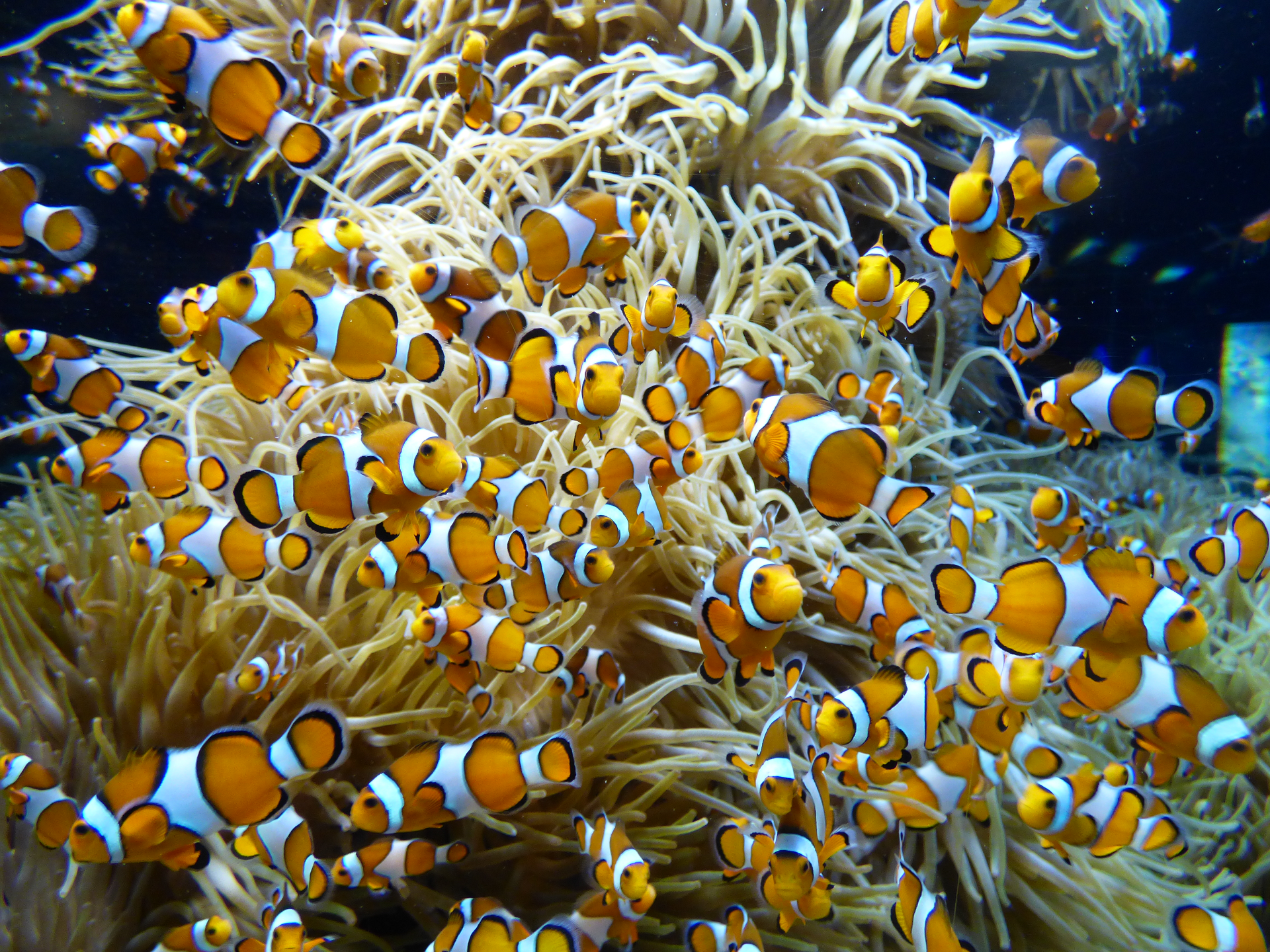Publication Abstract
- Title
-
Origins of the Nimaviridae: an ancient virus from the hepatopancreas of an invasive crustacean
- Publication Abstract
-
White spot syndrome virus (WSSV) is the most economically damaging viral pathogen in the global shrimp industry, causing billions in annual losses. The only recognised member of the Nimaviridae is the Whispovirus genus, which includes WSSV. Hundreds of manuscripts are published each year that highlight the importance of understanding and controlling this virus, as well as attempting to figure out its origin. The evolutionary history of this economically important pathogen has been particularly difficult to unravel. Recently, several endogenous and exogenous nimaviruses have been discovered from decapod crustaceans, allowing insight into their genetic diversity, evolution, and virulence.
We characterise an exogenous nimavirus infecting the hepatopancreas of the invasive amphipod, Dikerogammarus haemobaphes, putatively named ‘Dikerogammarus haemobaphes amphinimavirus’ (DhAV). Histopathology and fluorescence in situ hybridisation (FISH) are used to demonstrate that the virus primarily infects the nuclei of hepatopancreatic epithelia, similarly to their viral relatives, nudiviruses. Metagenomic tools were used to complete the circular 231,466bp viral genome, which encodes a predicted 103 ORFs. Phylogenetic analysis suggests that this virus is an early diverging member of the Nimaviridae. The characterisation of DhAV opens doors to further evolutionary study, offering the potential to explore the genomic events that precede the emergence of one of aquacultures most deadly pathogens.
- Publication Authors
-
Amy L. Burgess, Karolina Bacela-Spychalska, Daniel Grabner, Tatsiana Lipinskaya, Tim Johns, Kelly S. Bateman*, Stuart H. Ross*, Grant D. Stentiford*, Jamie Bojko
- Publication Reference
-
Virus Evolution
- Publication Internet Address of the Data
- Publication Date
- Publication DOI: https://doi.org/
- Publication Citation


